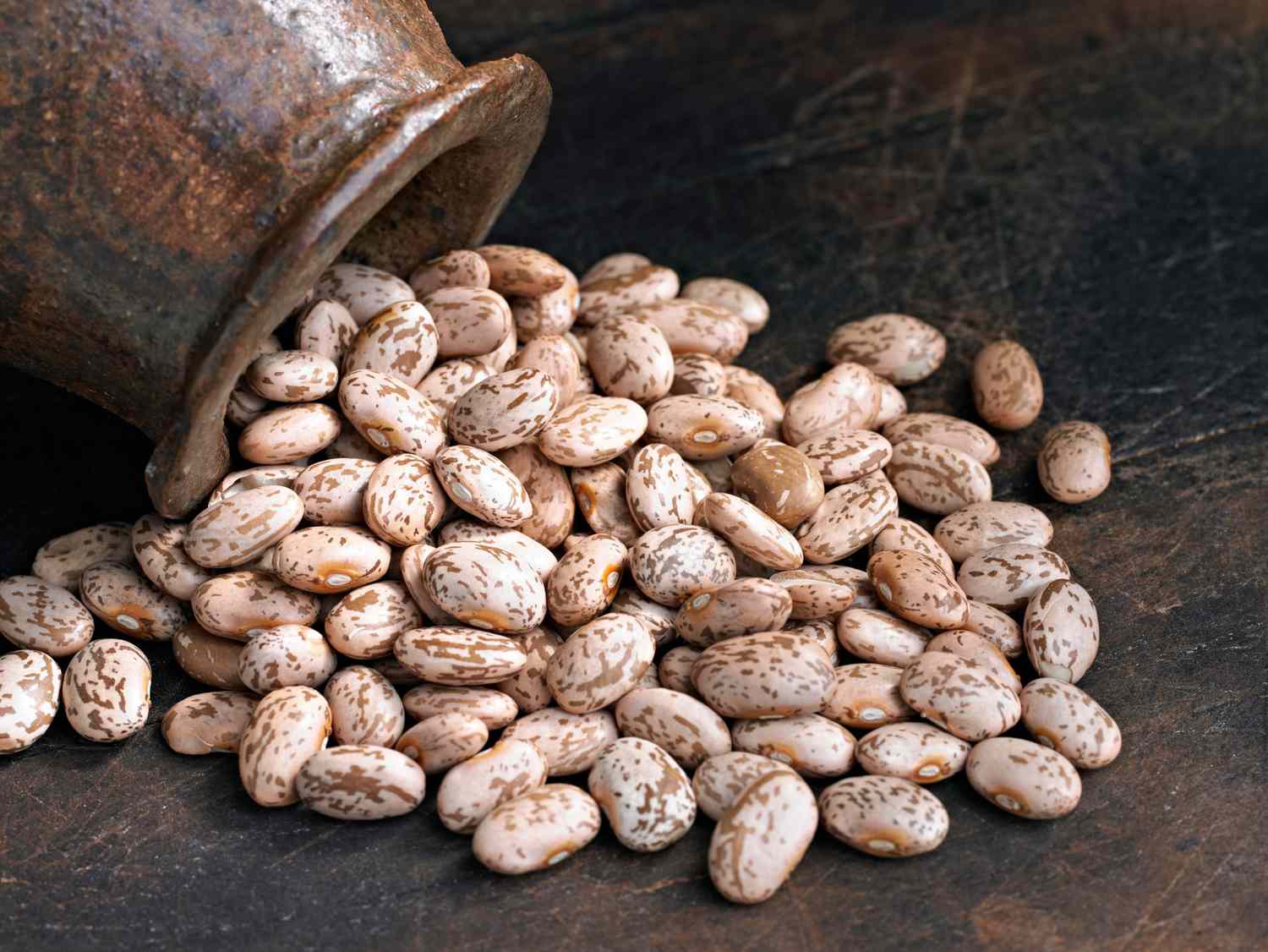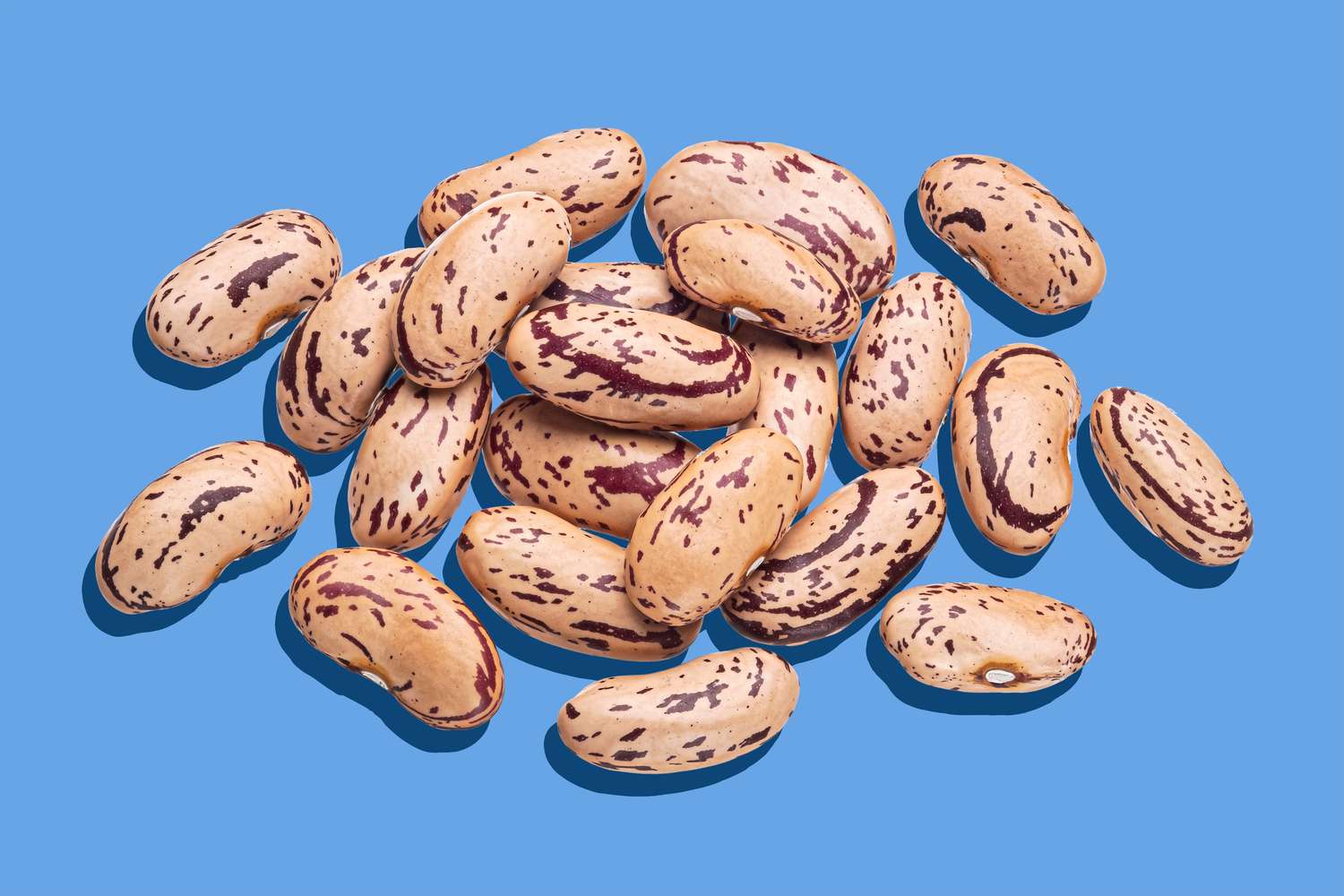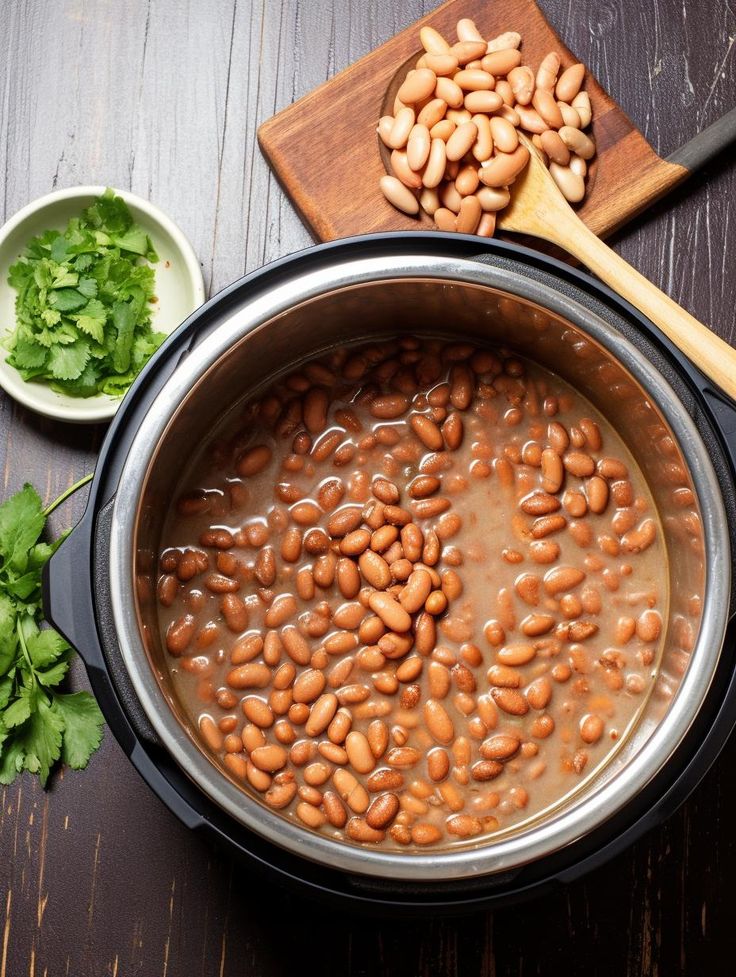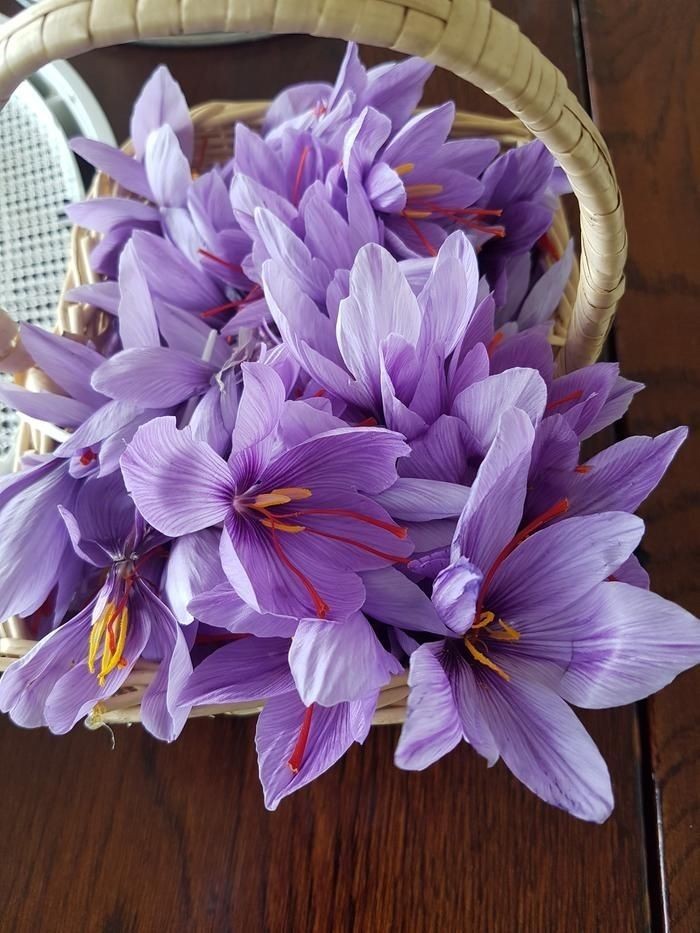Categories
The latest content
-

Customs Clearance & Import Regulations for Bulk Iranian Pinto Beans in EU, Middle East & Africa
..
-

Quality Control & Laboratory Testing Standards for Iranian Pinto Beans
..
-

Logistics & Shipping Solutions for Bulk Iranian Pinto Bean Exports
..
-

Minimum Order Quantity (MOQ) & Bulk Pricing for Iranian Pinto Bean Buyers
..

Tags
The Backbreaking Labor Behind Every Grain: Understanding Rice Cultivation in Iran

When you savor a plate of fragrant Iranian rice ( berenj), do you ever think about the journey it took from seed to your table? Beyond the delicate aroma and fluffy texture lies a story of immense labor, tradition, and the unwavering dedication of Iranian farmers. Rice cultivation in Iran, particularly in the northern provinces bordering the Caspian Sea, remains a remarkably labor-intensive process, deeply rooted in practices passed down through generations.
A Season of Toil: From Seedling to Harvest
Unlike large-scale, mechanized rice farming seen in some parts of the world, many Iranian rice farms rely heavily on manual labor. This is especially true for smaller, family-run operations. Here’s a glimpse into the key stages and the human effort involved:
• Nursery Preparation: The process begins with carefully preparing seedbeds. Farmers meticulously till the soil, ensuring a fine, even texture. Seeds are then sown densely and nurtured until they sprout into seedlings. This stage requires constant monitoring and watering, often done by hand.
• Transplanting: A Labor of Love (and Backache): Once the seedlings are strong enough, they are transplanted to the flooded paddy fields. This is arguably the most physically demanding stage. Workers, often women, spend long hours bent over in the muddy fields, carefully planting each seedling by hand, one by one. The rhythmic motion, repeated thousands of times, is a testament to their endurance.
• Weeding: The Unending Battle: Throughout the growing season, weeds pose a constant threat to the rice crop. Farmers must regularly wade into the fields and manually remove weeds to prevent them from competing with the rice plants for nutrients and sunlight. This is a tedious and time-consuming task.
• Water Management: A Delicate Balance: Maintaining the correct water level in the paddy fields is crucial for rice growth. Farmers constantly monitor the water supply, opening and closing irrigation channels to ensure the plants receive the right amount of water. This requires careful observation and a deep understanding of the land.
• Harvesting: A Race Against Time: Finally, after months of hard work, the rice is ready for harvest. While some larger farms may use combine harvesters, many smaller farms still rely on manual harvesting. Workers use sickles to cut the rice stalks, bundle them together, and transport them to the threshing grounds.
• Threshing and Winnowing: Threshing, the process of separating the grains from the stalks, is often done using traditional methods. The rice stalks may be beaten against a hard surface or run over by animals. Winnowing, the process of separating the grain from the chaff, is then done by tossing the threshed rice into the air, allowing the wind to carry away the lighter chaff.
• The Human Cost and the Future of Iranian Rice Farming
• The labor-intensive nature of Iranian rice cultivation has significant implications. It places a heavy burden on farming families, particularly in rural communities. The work is physically demanding, and the returns can be uncertain, depending on weather conditions and market prices.
• As Iran develops, there’s a growing debate about the future of rice farming. Some argue for increased mechanization to improve efficiency and reduce the drudgery of manual labor. Others emphasize the importance of preserving traditional farming practices, which are seen as a vital part of Iran’s cultural heritage.
• Appreciating Every Grain
Next time you enjoy a plate of Iranian rice, take a moment to appreciate the incredible effort and dedication that went into producing it. It’s a reminder of the connection between our food and the people who work so hard to bring it to our tables.



